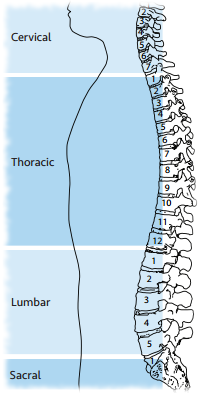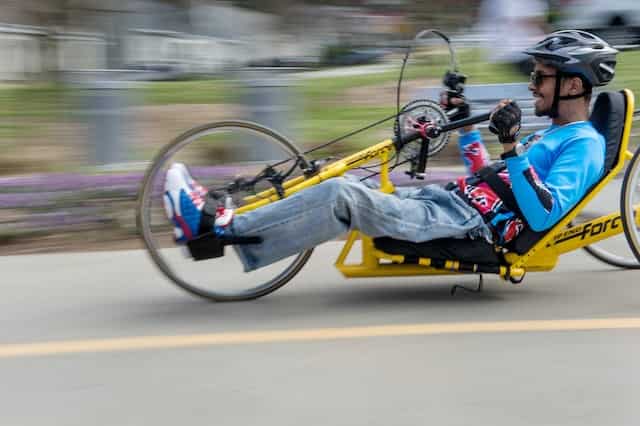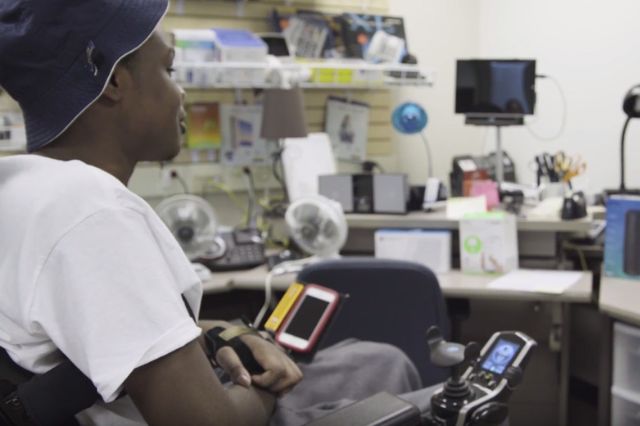Lumbar Spinal Cord Injury Overview
 The lumbar spine comprises the lowest major portion of the spinal cord, the five vertebrae (L1-L5) below the thoracic section, and above the minor sacral spine section. The lumbar spine carries the most weight of any of the sections of the spine, and therefore features larger vertebrae than the thoracic and cervical sections of the spine.
The lumbar spine comprises the lowest major portion of the spinal cord, the five vertebrae (L1-L5) below the thoracic section, and above the minor sacral spine section. The lumbar spine carries the most weight of any of the sections of the spine, and therefore features larger vertebrae than the thoracic and cervical sections of the spine.
Injuries to spinal cord in the five lumbar vertebra (L-1 through L-5) generally results in some loss of function in the hips and legs, but do not affect the functionality of the upper body.
General Effects of Injury to Lumbar Nerves (L-1 – L-5)
- Injuries generally result in some loss of function in the hips and legs.
- People with injuries to the lumbar spinal cord have little or no voluntary control of their bowel or bladder, but can manage on their own with special equipment
- Depending on strength in the legs, the injured person may need a wheelchair and may also walk with braces
Spinal Nerve Affected: |
Specific Muscle Function Affected: |
| L-1 and L-2 | Hip bending and flexing |
| L-3 | Knee straightening |
| L-4 | Bend foot upward |
| L-5 | Extended toes |
Lumbar Spinal Cord Injury Recovery and Prognosis
After swelling diminishes and any necessary trauma surgery is performed, patients can begin the recovery process.
- Level and length of recovery will depend on which nerves were affected, the severity, and whether the injury was complete or incomplete.
- While all spinal cord injuries are severe, injuries to the lumbar section of the spinal cord are rarely life-threatening.
- Most people who experience an injury to their lumbar spinal cord can regain their independence and mobility with the assistance of rehabilitation programs and mobility-assisting devices such as wheelchairs.





